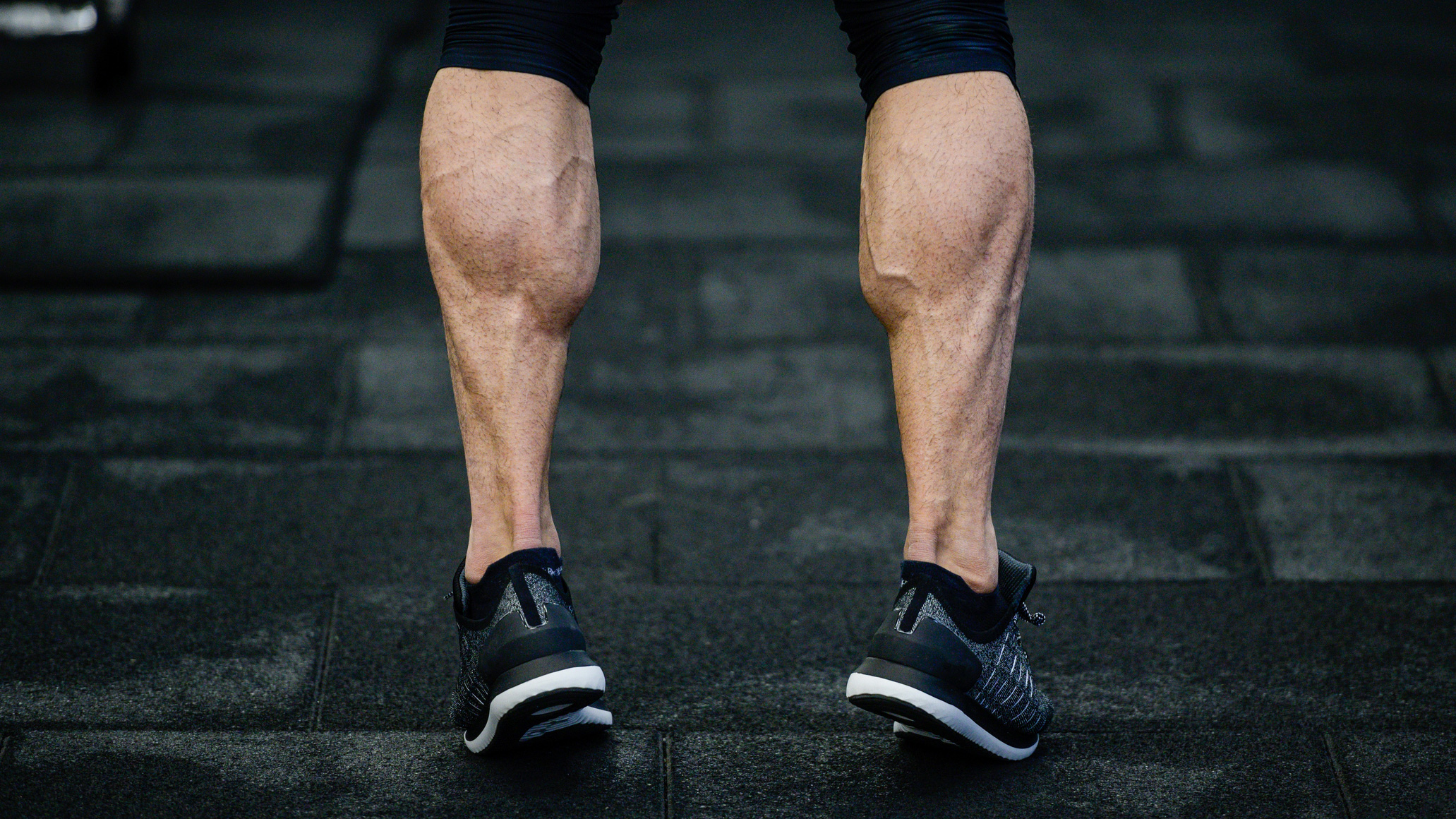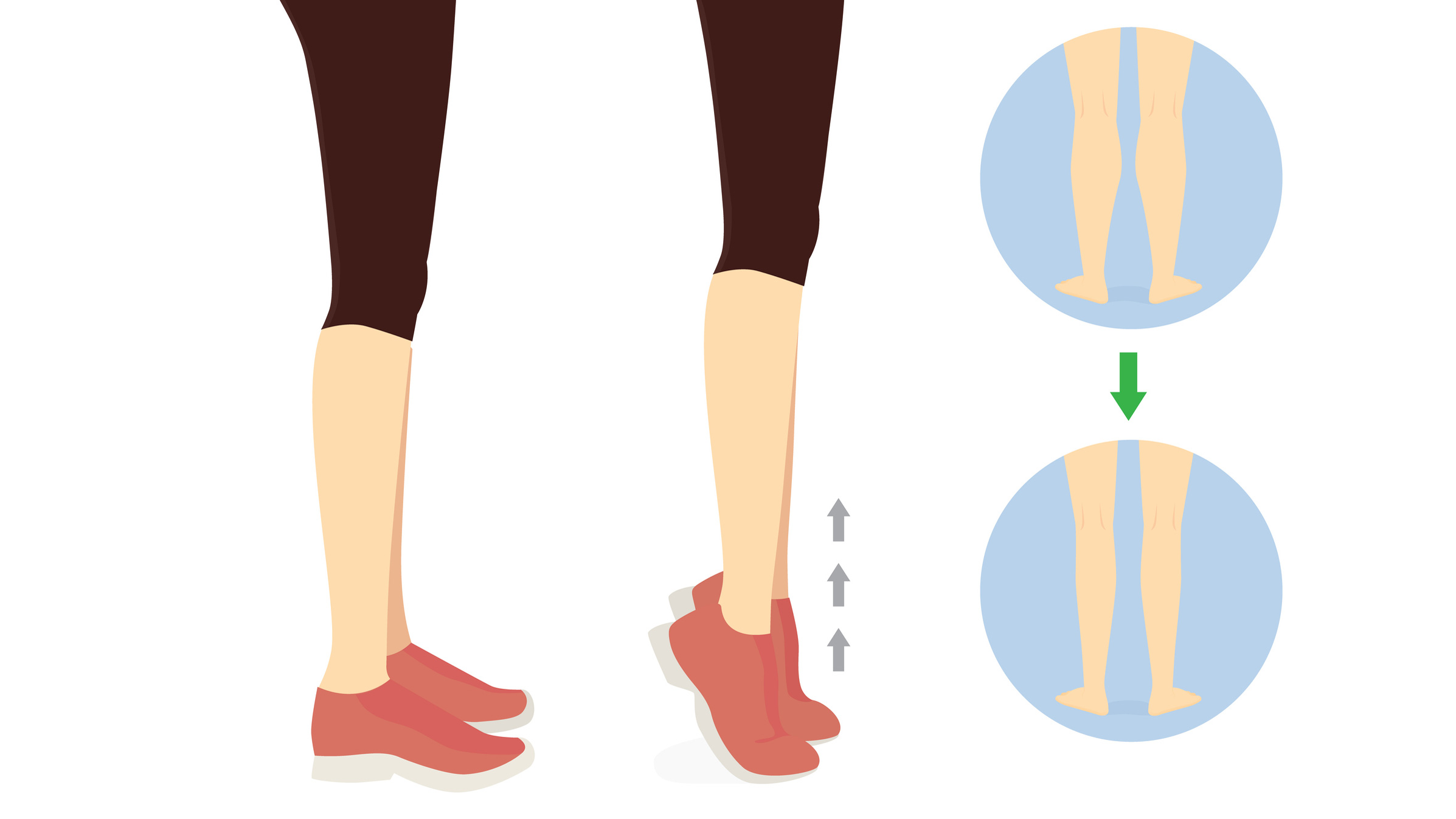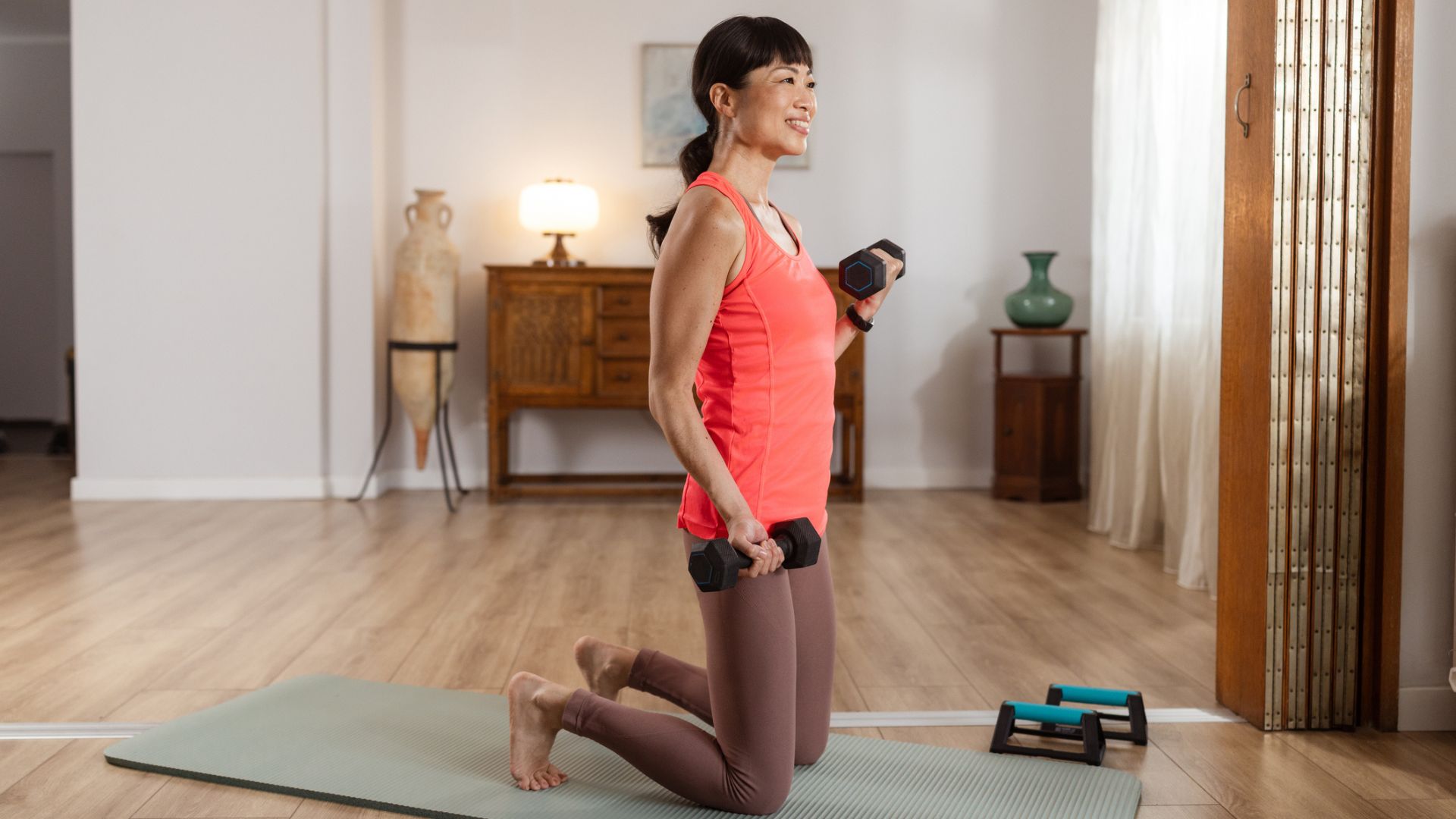Calf raises can help you run better (and burn more fat), according to an expert
A running coach tells us why calf raises can help you run for longer, burn more fat and smash your personal bests


For some people, running can be very painful. Yes, many people find it boring, or they loathe steady-state cardio, but we’re not talking about that kind of metaphorical pain: we’re talking about muscle and joint aches after a run that make you never want to lace up your training shoes again.
Boredom can be solved with a podcast and a pair of the best workout earbuds, and runs can be gamified by recording your stats on the best running watch and trying to beat your own PB. Some muscle and joint pain, according to an expert, has a solution that’s almost as simple to implement: more strength and conditioning. If you find it tough to run without issues, consider strengthening your glutes, hamstrings, quads and calves.
As an England Athletics running coach and expert running writer, Lily Canter knows how to keep herself race-ready. She said: “What is an issue for runners is if they run and do nothing else. If they don’t do strength and conditioning, that’s when they’re likely to get problems either in the muscles or in the joints. When people say ‘oh, I’ve got a dodgy hip or dodgy knees,’ that comes from a lack of strength training.
“There’s so many, and it depends on your mobility. Squats, lunges, donkey kicks, anything that works your glutes, hamstrings and quads.”
All of those exercises are bodyweight variations, so you don’t need a gym to execute them effectively. Our guides on how to do squats and how to do lunges are great places to start. However, Canter has an ace exercise that we bet you’re probably not doing regularly: calf raises.

“People get quite tight calves, so calf raises can be a good one as well. Quite a lot of people say they have a pain in their calf, and it’s just because that muscle isn’t strong enough.”
Canter says runners who get pain in their calf need to strengthen the muscle on a regular basis. Fortunately, you don’t need a gym for this. “Calf raises can be good because you just need a sidewalk, or some low object at home.”
Get the Fit&Well Newsletter
Start your week with achievable workout ideas, health tips and wellbeing advice in your inbox.
To execute a perfect calf raise, you stand on the aforementioned low object, such as a step or a low bench, and lift your bodyweight up onto the balls of your foot. Simple, easy, low-impact. By building and strengthening the muscle in the calf, Canter says you’re much less likely to get niggling pain in the muscle during running. While calf raises won’t be burning fat on their own, they will help increase your muscular endurance in your legs, helping you to run for longer, thus burning more fat.
If you’re already very good at this, but want to build up the muscle further, you could grab and hold a set of dumbbells, increasing the resistance on the calves. Our guide to the dumbbells on sale has all the hottest bargains on weights right now.
Matt Evans is an experienced health and fitness journalist and is currently Fitness and Wellbeing Editor at TechRadar, covering all things exercise and nutrition on Fit&Well's tech-focused sister site. Matt originally discovered exercise through martial arts: he holds a black belt in Karate and remains a keen runner, gym-goer, and infrequent yogi. His top fitness tip? Stretch.
-
 Do your gut a favor with this dietitian's gut-friendly veggie-filled fried rice recipe
Do your gut a favor with this dietitian's gut-friendly veggie-filled fried rice recipeKeep your tummy happy with this flavorful twist on a favorite
By Lou Mudge
-
 I’m a personal trainer and these are some of my favourite exercises to build core and upper body strength at home
I’m a personal trainer and these are some of my favourite exercises to build core and upper body strength at homeAll you need is a set of dumbbells for this kneeling workout
By Maddy Biddulph